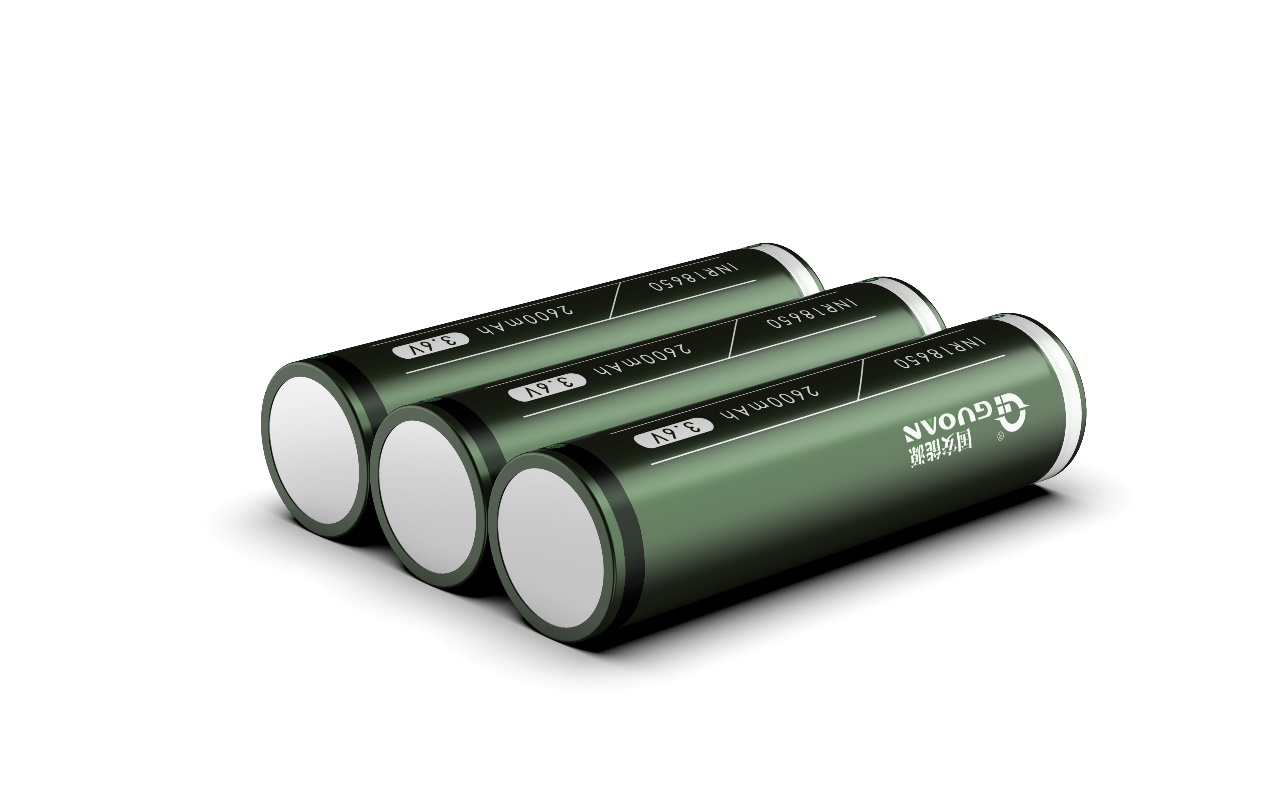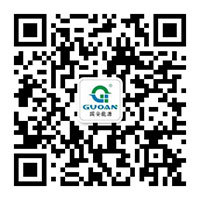Ternary lithium battery
Guoan Energy Technology (Dongguan) Co., Ltd. R&D Center Editor
The cathode material is: ternary lithium (nickel (Ni), cobalt (Co), and manganese (Mn) three elements
Classified by different ratios, mainly: 5-series ternary, 6-series ternary, 8-series ternary.
5-series ternary: Nickel (Ni), Cobalt (Co), Manganese (Mn) ratio: 5:2:3 (referred to as: 523 ternary)
6-series ternary: Nickel (Ni), Cobalt (Co), Manganese (Mn) ratio: 6:2:2 (referred to as: 622 ternary)
8-series ternary: Nickel (Ni), Cobalt (Co), Manganese (Mn) ratio: 8:1:1 (referred to as: 811 ternary)
The above will also be slightly adjusted according to the technical requirements, machinery, etc. of different battery cell manufacturers. From 5-series to 6-series to 8-series is an improvement, mainly in terms of energy density, discharge rate, and lifespan. Of course, the requirements for battery cell manufacturing technology, processes, equipment, and environment are also higher, and the cost is also higher. Currently, all three materials are commonly used and are selected according to different capacities, rates, performance, production equipment, and environmental control. The above three materials each have their advantages; there is no difference between good and bad, only better matching.

Characteristics and Applications
The 523 ternary material (LiNi0.5Co0.2Mn0.3O2) has the following characteristics:
Composition Ratio: The 523 ternary material consists of 50% nickel (Ni), 20% cobalt (Co), and 30% manganese (Mn). This ratio gives the material advantages in electrochemical performance, especially in energy density and cycle life.
Energy Density and Cycle Life: The 523 ternary material has a high energy density and good cycle life. Its theoretical capacity is about 280mAh/g, and the actual specific capacity in the market can reach more than 180mAh/g. This material is widely used in electric vehicles, portable electronic devices, and energy storage systems because it can meet the requirements of high energy demand and long life.
Safety: Compared with other lithium-ion battery materials such as lithium iron phosphate (LFP) or lithium nickel cobalt aluminum oxide (NCA), the safety of 523 ternary materials is relatively low. In practical applications, special attention should be paid to its thermal runaway problems and safety management.
Production Process: The production process of 523 ternary materials is relatively mature, mainly through co-precipitation precursor Ni0.5Co0.2Mn0.3(OH)2 mixed with lithium salt and then solid-phase sintering. The sintering temperature is relatively low, usually around 700℃, which helps reduce production costs.
Market Applications: Due to the advantages of 523 ternary materials in energy density and cost, it has become one of the most widely used ternary materials on the market. Especially in the Chinese lithium battery market, 523 materials, due to their relatively high specific capacity and low cost advantages, were once the most popular national material.
NCM622 (622 ternary material) is a lithium-ion battery cathode material composed of three metal elements: nickel, cobalt, and manganese. Its full name is nickel cobalt manganese ternary material (LiNi0.6Co0.2Mn0.2O2).
Characteristics
High Energy Density: NCM622 has a high energy density, reaching more than 200mAh/g, which allows it to provide longer battery life and meet user needs for battery capacity.
Excellent Cycle Life: NCM622 has an excellent cycle life and can maintain high capacity and stable performance after multiple cycles, making it especially suitable for devices that require long-term use, such as electric vehicles.
Fast Charge and Discharge Performance: NCM622 has a high charge and discharge rate performance and can achieve fast charging and discharging processes, which is very important for applications such as electric vehicles that require frequent charging.
Good Electrochemical Stability: NCM622 has a stable structure, high conductivity, and good electrochemical stability, which can effectively improve the cycle life and safety performance of the battery.
Application Areas
Electric Vehicles: Due to its high energy density and excellent cycle life, NCM622 has broad application prospects in the electric vehicle field, providing longer driving range and meeting user needs for electric vehicle mileage.
Portable Electronic Devices: NCM622 can also be used in portable electronic devices such as mobile phones and tablet computers. Its high energy density and fast charge and discharge performance can provide these devices with longer usage time and faster charging speeds.
Energy Storage Systems: NCM622 can also be used in energy storage systems such as solar energy storage systems and wind energy storage systems. Its high energy density and good cycle life can provide reliable energy storage and release capabilities.
The main characteristics of 811 ternary lithium batteries include high energy density, long life, and low self-discharge rate. The cathode material of this battery is composed of 80% nickel, 10% cobalt, and 10% manganese, and the energy density can reach more than 300Wh/kg, or even higher. High energy density means that, with the same volume, 811 ternary lithium batteries can carry more electricity, thereby extending the driving range of electric vehicles.
In addition, 811 ternary lithium batteries also have the following characteristics:
Cost-effectiveness: Due to the wide distribution and stable price of nickel resources, the cost per kWh of 811 batteries is relatively low, which is in line with the trend of future large-scale industrialization, but the requirements for battery cell manufacturing technology, processes, equipment, and environment are also higher, and the cost is currently relatively higher than the other two materials.
Thermal Stability: Although 811 batteries have the advantages of high energy density and long life, their high nickel content also brings a higher risk of thermal runaway and cycle life problems. Therefore, in practical applications, corresponding measures need to be taken to ensure the safety and reliability of the battery.
Technical Barriers: High-nickel ternary materials have high technical barriers, and the preparation process, equipment, and production environment have strict requirements. Currently, most domestic manufacturers (except small battery cell manufacturers) are fully equipped and have been applied to the market, and are already quite mature.
Guoan Energy Technology (Dongguan) Co., Ltd. R&D Center Editor
Service Hotline
Email:zhangjie@ganeny.com
Website:www.ganeny.com
Address: No. 79, Shayuan Road, Shabu, Dalang Town, Dongguan City, Guangdong Province, China

Official Public Account
Privacy Policy | SEO | Support:300.cn
